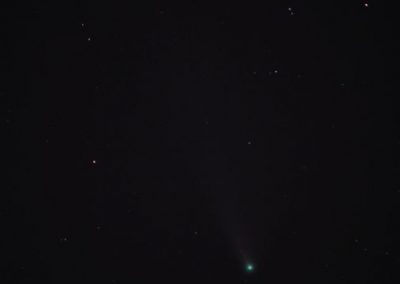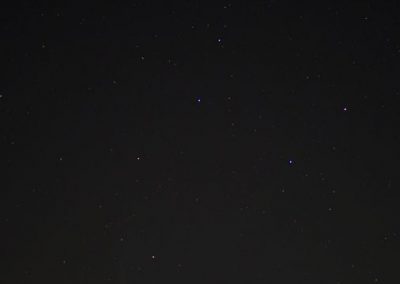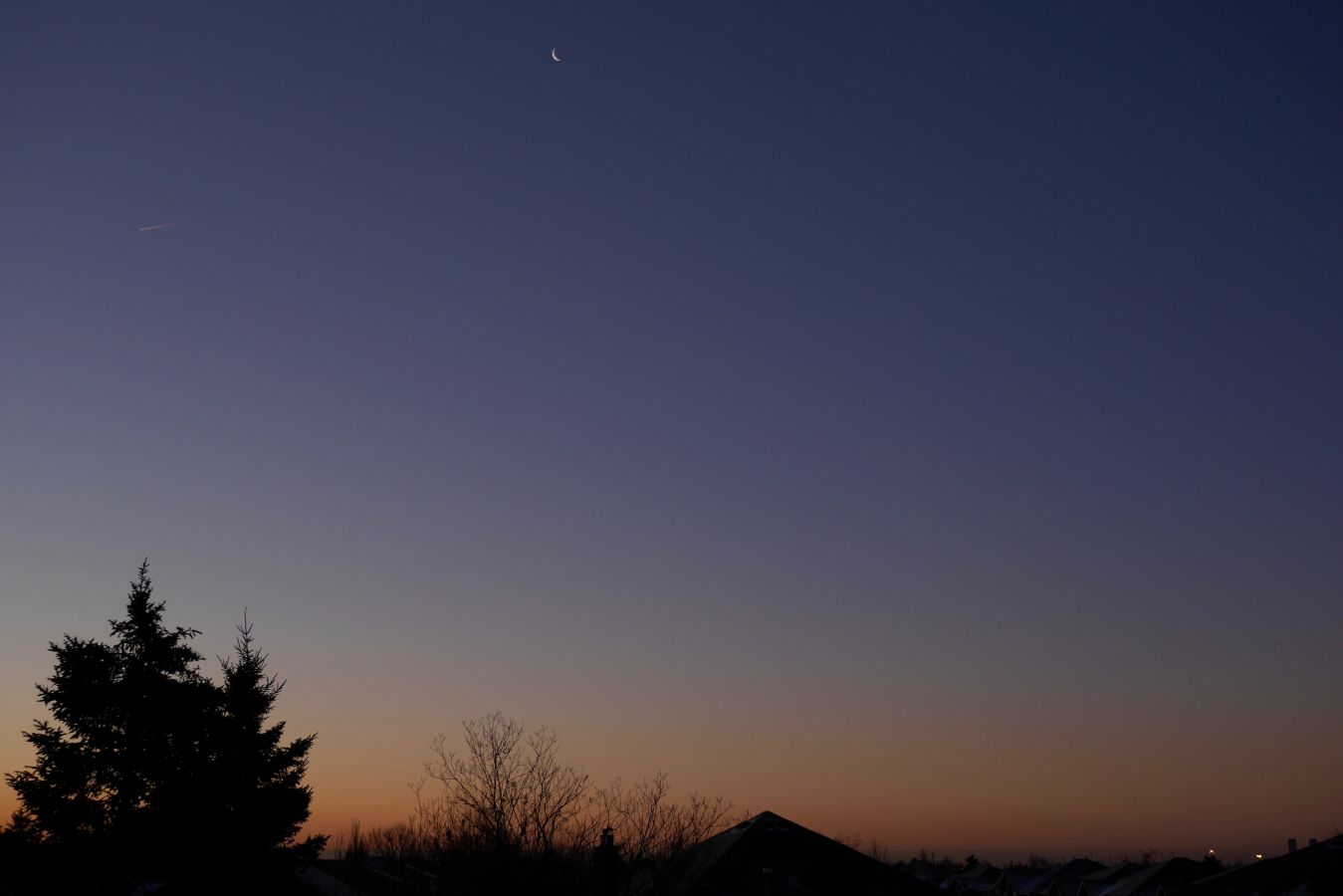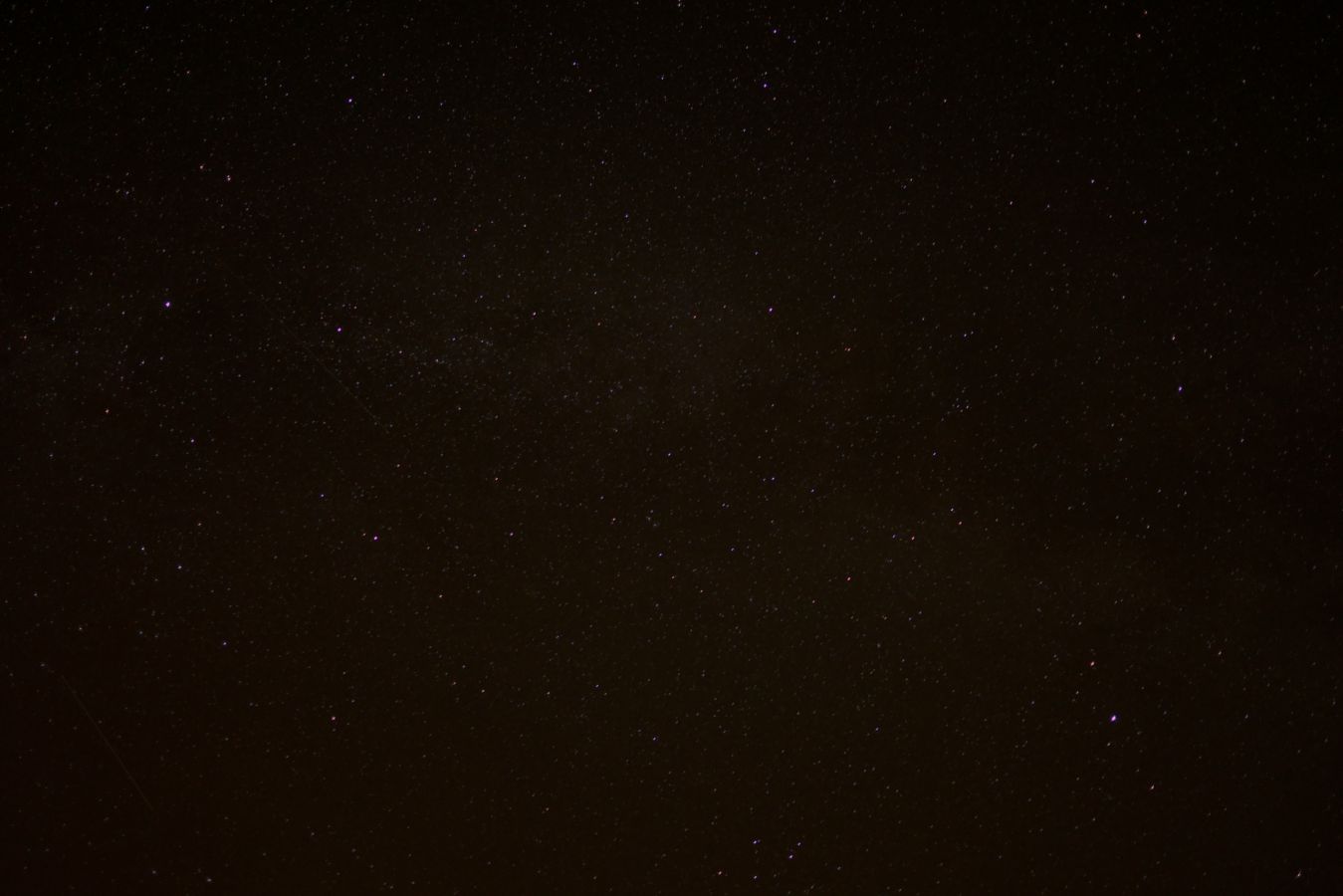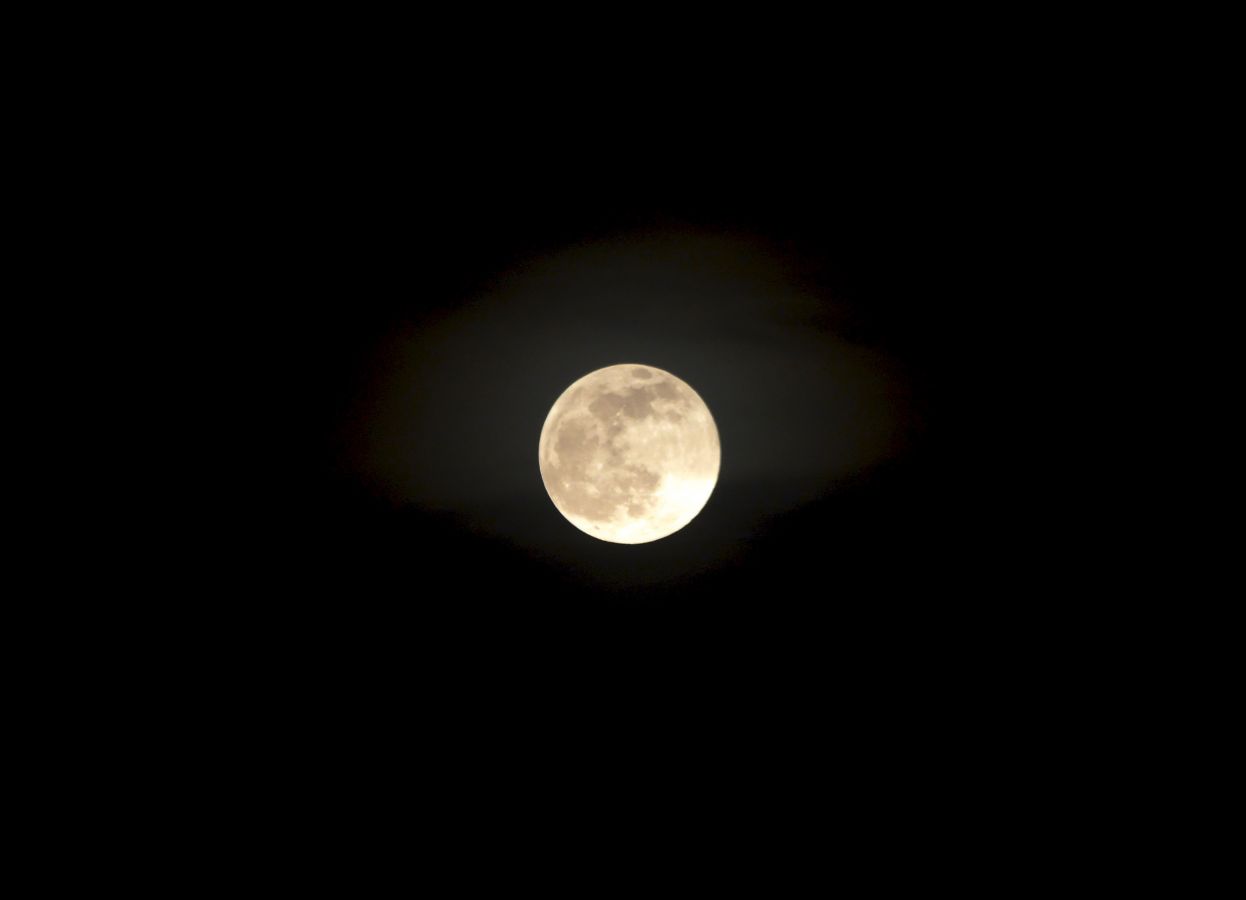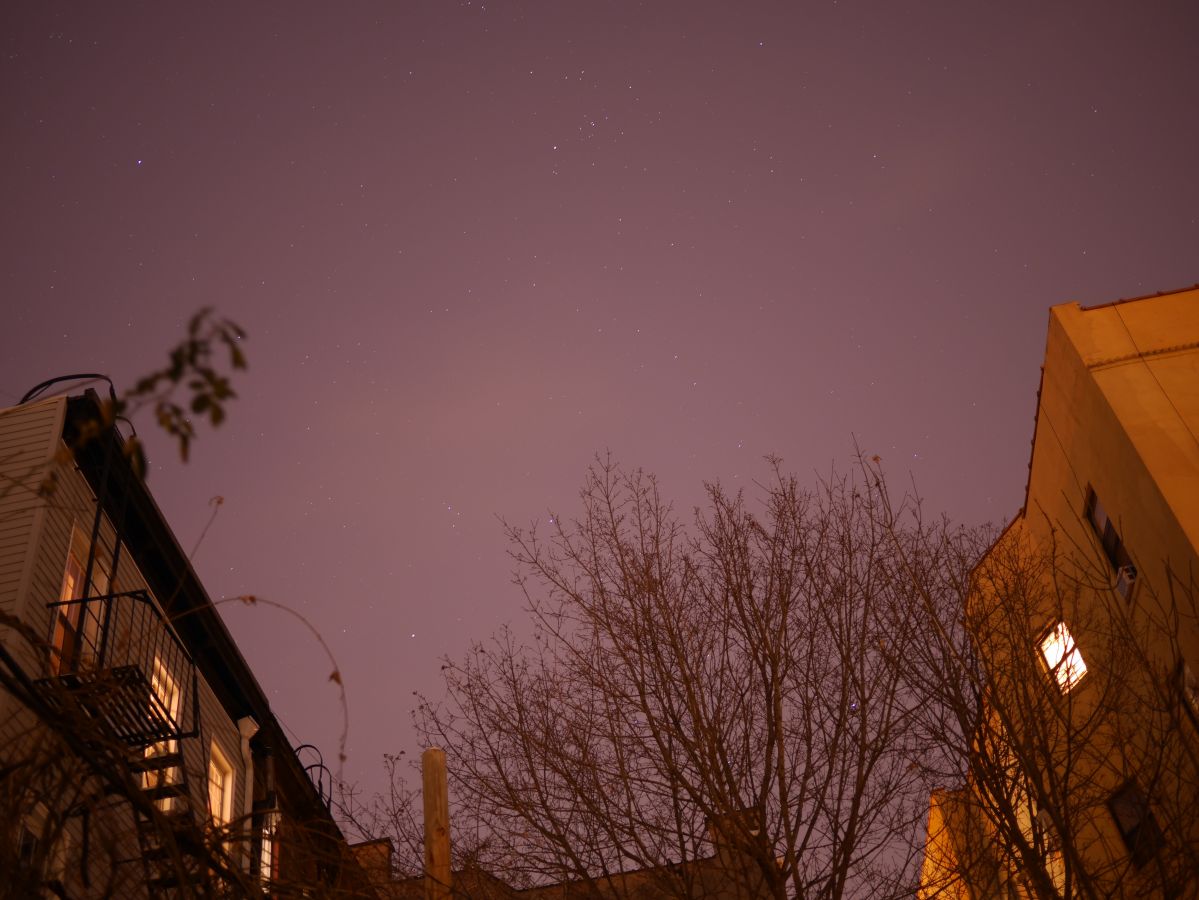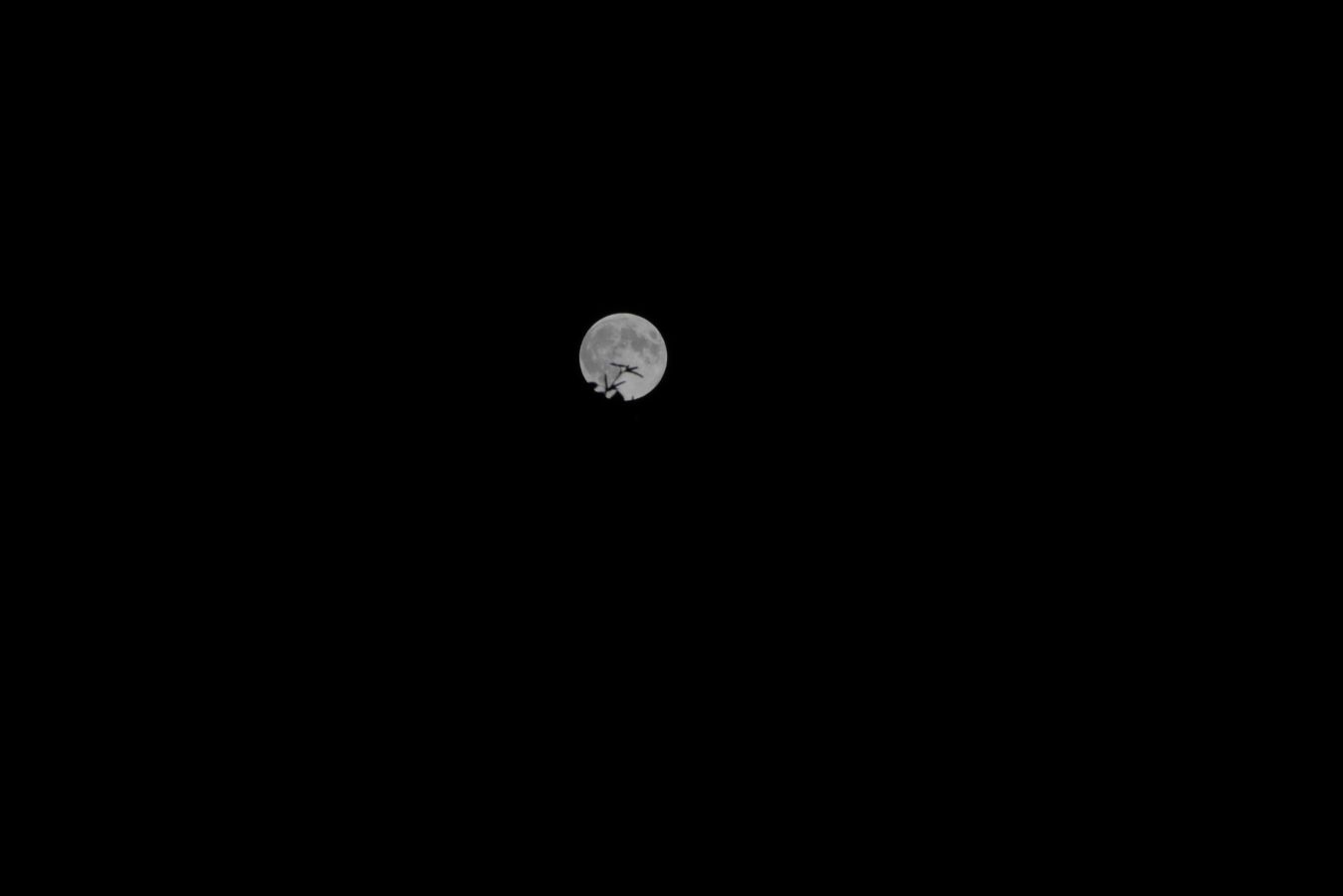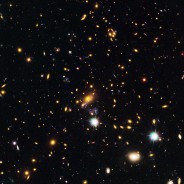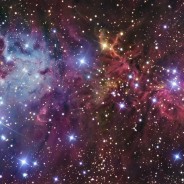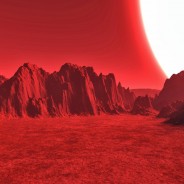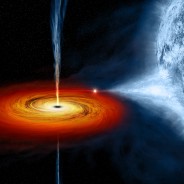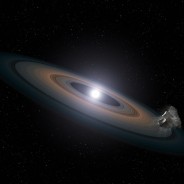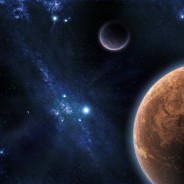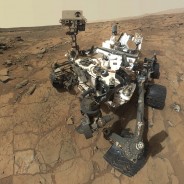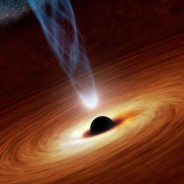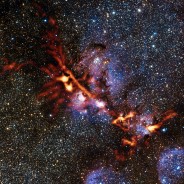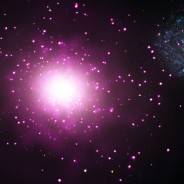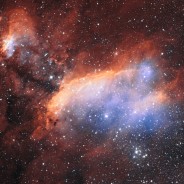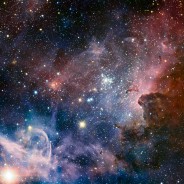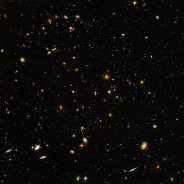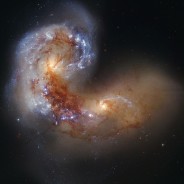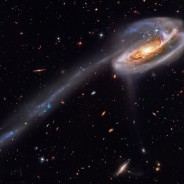I have a deep love for astronomy but I also love photography. I try and take astrophotography photos but I mostly take photos of landscapes and objects. There are two sets of photos on this page:
- My personal photography
- Photos I’ve used in all my posts (some are awesome as desktop wallpapers!
NASA’s Observatories Begin Deepest Ever Look of the Universe
NASA’s Observatories Begin Deepest Ever Look of the Universe We’ve looked deep into the universe and almost at the point where we are getting closer to the birth of it. NASA’s Hubble, Spitzer and Chandra telescopes are teaming up to look deeper into the universe. Using the universe’s “zoom lenses” found in space these observatories should be able to uncover galaxies that are 100 times fainter than what we would normally see with these telescopes on their own. In a collaborative team effort...
read moreEvidence of Other Universes Pulling on Our Own
Evidence of Other Universes Pulling on Our Own One theory that is by far mind boggling and perhaps one of the most interesting is the multiverse theory or M theory. It says that there could hypothetically be more than one universe other than our own. It may sound ludicrous to you but just think back to when we believed there was only one our one Sun and then we realized most of those bright dots in the sky are suns or stars! Think about when we felt that Earth was the only planet that had water then we discovered Europa (a moon...
read moreHow the Largest Star (W26) Known in the Universe is Tearing Itself Apart
How the Largest Star (W26) Known in the Universe is Tearing Itself Apart A star called W26 located in a supercluster called Westerlund 1. W26 is located in our very own Milky Way and is considered a red supergiant and is 1,500 times bigger than our own sun! Just to humor you and try and give you some perspective think about this. Our Earth has a diameter of 12,742 km. Our sun has a diameter of 1,392,684 km and when we compare that to W26 it has a staggering diameter of 2,089,026,000 km! If W26 was placed in our solar system it...
read moreDo Black Holes Live Forever?
Black holes are one of the most scariest cosmic creatures that roam the vast universe. They have a gravitational force so strong that even light cannot escape from it. To even destroy a black hole it’s highly improbable. So a question arises and maybe you have thought it too, do black holes live forever? Well there is an answer to that and the short version is no they don’t live forever. We now know that black holes actually evaporate over time and shrink. The man who finally answered this question for us is none other than...
read moreTwo Key Ingredients for Habitable Planets Found for First Time Beyond Our Solar System
Two Key Ingredients for Habitable Planets Found for First Time Beyond Our Solar System Located 150 light years away astronomers have discovered two main ingredients for habitable planets circling around a star. The white dwarf star known as GD 61 is at its end of its life but when astronomers were observing it they found fragments of an asteroid with significant amounts of water orbiting the star. With these findings it is very possible that this planetary system could have harboured habitable planets at one point. This is...
read moreThe Ultimate Fate of the Universe
One question that humankind has pondered is what is the ultimate fate of the universe? It’s a question that is difficult to fathom. Imagining no more life, stars, planets, black holes or galaxies. Everything would be gone. Well there are a few theories on how the universe will end. However, there are scientific theories that actually rival each other because it depends on whether the universe expands infinitely or not. Once the Big Bang theory came into play the question of the ultimate fate of the universe became a valid...
read moreCuriosity Rover Makes Amazing Discovery of Finding Water in Martian Soil
Curiosity Mars Rover Discovers Water in Martian Soil The Mars rover called Curiosity has been revealing a great deal about the conditions and topography of Mars. Curiosity has been examining loose rocks, sand and dust which has helped us understand the global changes on Mars. One of the biggest discoveries is finding water in the martian soil. It accounts for 2% of the soil or rather 1 liter of water from 1 cubic foot of soil they dig up. This is truly a wow moment because water is a valuable resource and being able to find it...
read moreNew Theory of Beginning of Universe Suggest Not a Big Bang but a Black Hole
A New Theory Suggest that the Birth of the Universe May Have Been from a 4-D Black Hole A new journal published by astronomers at the University of Waterloo suggest that the birth of the universe didn’t happen from the Big Bang but a 4 dimensional black hole. If your brain hurts then just bear with me because this article is going to get rough. Let’s say that of course nobody actually knows how the universe was born without understanding what happened in the planck era, which deserves another write up but for now you...
read moreFirst Images from New APEX Camera
New Images from Apex Camera Credit: ESO This is a brand new image of star formation region called NGC 6334 or called the Cat Paw nebula, taken by the new Atacama Pathfinder Experiment (APEX) camera. Actually APEX isn’t new but a camera called ArTeMiS, a new wide-field submillimetre-wavelength camera, was installed and can bring more in depth details to the images. The telescope is a 12 meter diameter telescope located high in the Atacama Desert. It operates at millimetre and submillimetre wavelengths which is between...
read moreHubble Finds Densest Nearby Galaxy
Hubble Finds Densest Nearby Galaxy Hubble finds new evidence for densest galaxy in nearby galaxy. Well nearby in astronomical terms which is 54 million light years away from Earth. The galaxy M60-UCD1 is located near a massive elliptical galaxy known as NGC 4649 or M60. The galaxy weighs more than 200 million times the mass of our own sun or if you took all the matter within 80 light years of us it would equal that much weight. The density of the stars in that region weigh 15,000 times more than found in the Milky Way...
read moreYoung Stars are Born in the Prawn Nebula
Young Stars are Born in the Prawn Nebula This image is one of the latest news releases from the VLT or Very Large Telescope which is operated by the European Southern observatory. This is the Prawn Nebula located 6,000 light years from Earth in the constellation of Scorpius. This is a star forming region with heavy amounts of gas and dust that are being condensed into new stars as well as planets. What causes these clouds to glow is the ultraviolet light that is given off from the stars. The radiation strips the electrons from...
read moreHidden Secrets of the Carina Nebula
Hidden Secrets of the Carina Nebula This is a stunning image of the Carina nebula. It is located somewhere between 6,500 and 10,000 light years from Earth or right in our Milky Way. This image was taken in infrared by the European Southern Observatory. It holds two of the most massive and luminous stars in our galaxy called Eta Carinae and HD 93129A. Eta Carinae is about 100-150 times the mass of our sun and is 4 million times more luminous than it as well. Carina Nebula is a great example of how massive stars are born as well...
read moreThe Most Important Image in Astronomy: Hubble Ultra Deep Field Image
The Most Important Image in Astronomy: Hubble Deep Field Image If you ever thought about what is one of the most exciting and important images in astronomy then check out Hubble’s ultra deep field image. You are looking at a region of space of 1mm by 1mm and that is 13 billion light years away! The universe is about 13.77 billion years old so that should give you some perspective in how far back we are looking. As you can see in the image there are a plethora of galaxies. Actually there are something like 10,000+ galaxies...
read moreWhen Galaxies Collide: Antennae Galaxy
When Galaxies Collide: Antennae Galaxy The Antennae galaxy is located 45 million light years away from Earth in the constellation Corvus. The image above shows a zoomed out shot of the galaxies interacting with each other. The story goes that about 1.2 billion years ago there were two galaxies known as NGC 4038 and NGC 4039. The two galaxies that have collided with each other and it get’s its name Antennae from the two streaks of gas and stars resulted from the galactic collision. The nuclei of the two galaxies has merged...
read moreGorgeous Image of the Tadpole Galaxy
The Tadpole Galaxy The Tadpole galaxy is a disrupted barred galaxy located 400 million light years from Earth in the northern constellation Draco. Tadpole galaxies tail of stars is one of the most striking features. It stretches across 280,000 light years whereas our Milky Way is about 100,000 to 120,000 light years across. The main body or galaxy itself is about 300,000 light years behind the tail. The Tadpole galaxy will likely lose its tail as it gets older. Now as you can see that the galaxy is disrupted and there is a...
read more
